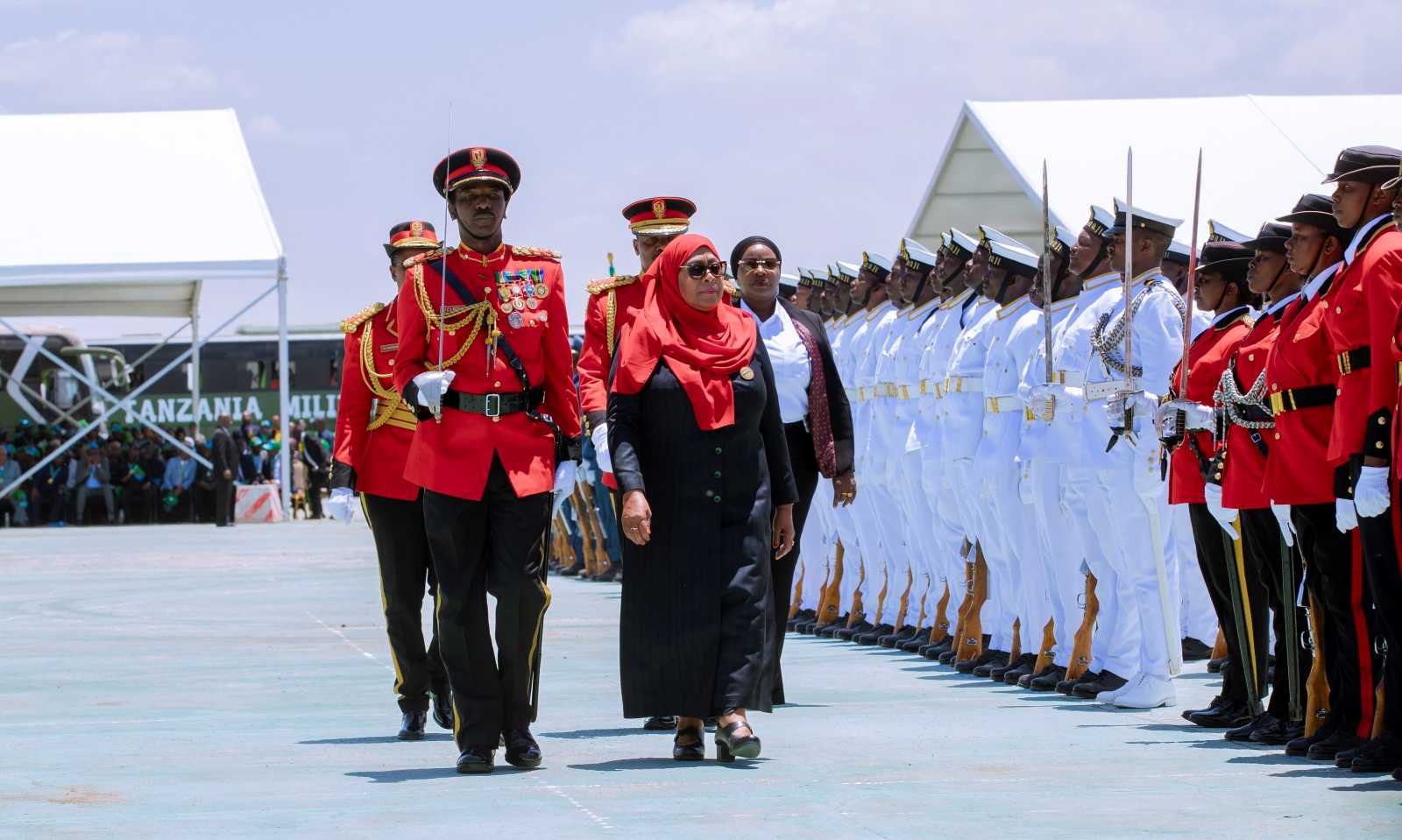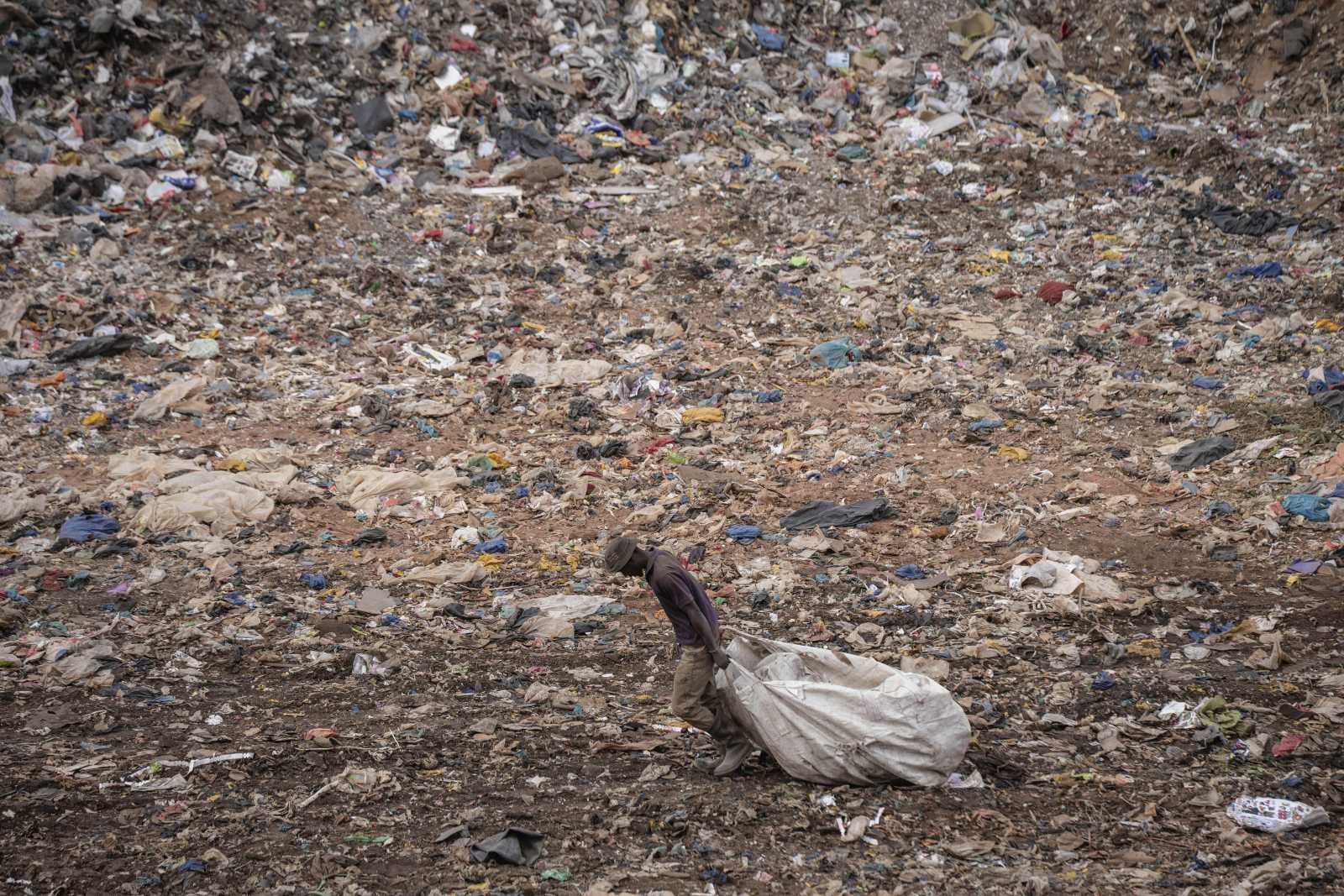Mass media
Tribute to unsung heroes
[ By Fortuné Bationo ]
Official records in Côte d’Ivoire had virtually no information on Denise Kambou. Then, all of a sudden, two different ministries honoured the preschool teacher with medals, appreciating her work at her centre for children in need. It is called Notre Dame des Sources and located in Bouaké, an Ivorian town controlled by former rebels. Denise Kambou made sure the centre stayed open even as violent conflict descended on the town some years back.
Kambou never expected to be honoured by the government. In Côte d’Ivoire, it is usually politicians and members of the elite who receive such distinctions. It all began when she talked to Peace Counts reporters. At the time, she had no idea that she was inviting official recognition.
Public attention is welcome, of course. Thanks to her newly earned fame, Denise Kambou now sees the chance of finding more supporters to expand her centre.
The fundamental idea of Peace Counts is to tell people about men and women who promote peace and reconciliation in crises areas (see box on page 380). In Côte d’Ivoire, the project involved five teams, each composed of a reporter and a photographer. At a workshop organised by the Goethe Institute, two media professionals from Germany shared their experience from Peace Counts projects in other countries. The goal was to publish a book with feature stories about peacemakers.
The news was also spread via radio and on a publicity tour through the country in June 2009. The final event was a photo exhibition at the Goethe Institute. A national audience was thus exposed to the stories of Denise Kambou and the eight other peacemakers:
– The NGO Initiative Citoyenne promotes peaceful dialogue in the public squares of Abidjan, the capital city. Its motto is “don’t battle, debate”.
– The artistic centre of Wêrê Wêrê, a village, taught young people who had fought in the conflict and lacked formal education the basics of dance.
– Ouattara Kpéléfopé mediated in conflicts between herders and farmers.
– Doumbia Amara is the president of the Ivorian Coast Movement for Human Rights (MIDH) in Bouaké, where soldiers became accustomed to taking the law in their own hands.
– The German aid agency GTZ contributed to re-integrating former combatants into civilian life.
– Adama Eulola, a salesman of farm equipment, lent his tractors to poor people for free so they could cultivate land.
– Baha Michel, a former farmer, mediates between the Wê and the Dan, two different ethnic groups, in his village Bangolo.
– Yeo Yassoungo volunteered to be an English teacher and thus made sure a school kept going in Korogho.
The Peace Counts project helped all of these peacemakers gain national recognition. At the launch of the book, a professor said: “I did not know that there were still people working so hard for peace in this country, without expecting anything in return for their engagement. It is incredible.” The reaction of many people reflected his attitude, proving that there is indeed a gap to be filled by Ivorian media.
Peace Counts stories were broadcast both by radio stations controlled by the government and by former rebels. These programmes provided valuable opportunities to discuss the Peace Counts approach. Radio Fréquence 2 interviewed members of the teams, allowing them to elaborate what they had learned.
One of the lessons for the journalists was that peacemakers are unlikely to appear as triumphant heroes in their day-to-day lives. Rather, they are likely to be struggling with doubt themselves. After all, they are living in dangerous circumstances, forced to take risks to achieve their goals.
Skilled reporters can nonetheless turn these people into role models. They have to be good observers and spell out clearly what the peacemakers are doing and why that is making a difference. The journalists should shy from abstract terminology and use plain language to describe what is really going on. To have an impact on readers and listeners, reporters must catch their imagination.
The journalists learned another lesson, however: sometimes it is difficult to tell true peacemakers from people who added to the troubles. Initially, a woman was supposed to be included in the Peace Counts project because she had made sure that some international newspapers were available in the rebel areas, thus serving the freedom of expression. Research later revealed, however, that this woman had told people off to the rebels, who then arrested and tortured them. Therefore, her story was not included in the Peace Counts book.
Touring with a star
On the tour, the well-known comedian Fortuné was the storyteller. He is the star of the satirical TV show “Quoi de neuf?”. On stage, he described the peacemaking projects to the public while photos which the teams had taken were projected on a giant screen behind him.
The comedian was chosen from several other candidates. The others, however, did not stick to the stories as well and sometimes even included their own opinions on the conflict. Fortuné’s Peace Counts performance was so convincing it was broadcast on national television.
On the tour, Fortuné’s reputation helped to attract crowds, of course. He is known to be a great actor and storyteller, and he lived up to his reputation. Will Denise Kambou be shot in the head as she leaves the children in her centre in order to find food in the
middle of war? The audiences would gasp anxiously as they listened to Fortuné. His voice changed, depending of the mood he wanted to convey.
Fortuné addressed the crowds directly, explaining new pictures in detail. The eyes of the audience moved from the storyteller to the photos, drawn in by their sheer force. Sometimes the comedian would appeal directly to the common sense of the audience, highlighting what should be done – but often is not done.
The caravan was made up of 14 people in three vans. They stopped in nine places and travelled 2,400 kilometres. At each stop, one of the vans would serve as the stage.
Useful book
The peacemakers appreciated the Peace Counts approach. Adama Eulola, the farm-equipment salesman, has become used to taking the Peace Counts book along on his business trips. He shows customers the publication, knowing that printed words and photographs are often more convincing than oral accounts.
“I would like to order more copies of the book because people ask for it,” Eulola says, adding that he found the Peace Counts project very encouraging, and that, without it, he would probably be less engaged:
“I feel very happy and honoured.”
Eulola points out an important aspect: He never had any “money to bribe the Goethe Institute or the Peace Counts journalists”. Many people automatically assume that anyone’s success is due to corruption, nepotism or tribalism. This belief is so strong that it hampers social progress. The Peace Counts catalogue, however, provides evidence that social action is sometimes – and should always be – acknowledged.
Sadly, the media often do not live up to this duty. In Côte d’Ivoire, most newspapers serve as echo chambers of political parties, praising their respective leaders and paying little attention to anything that does not serve their agenda.
Such attitudes were reflected in the way newspapers covered Peace Counts. If one paper had the story first, others would consider that a slap in the face – and not cover the topic. After public events, many journalists would focus on the politicians in attendance, but barely mention the real heroes or the Peace Counts journalists. All in all, radio stations proved to be more accessible.
For years, TV and newspapers fuelled Côte d’Ivoire’s crisis, stoking ethnic tensions. It would take multiple Peace Counts projects to deal with the lasting impact such destructive reporting has had in people’s minds. No doubt, there are more peacemakers in Côte d’Ivoire, and their stories should be made public. Whether politicians who thrive on identity politics and strategies of tension would appreciate that, is a different question, of course. Sadly, their influence on the media is strong.
MIDH president Amara Doumbia has proposed another way to use the Peace Counts catalogue. He is considering partnerships with schools. Peacemakers should be invited to class and tell the children of their experience. He too says that more copies of the book should be made available in order to reach out to a greater number of citizens.







